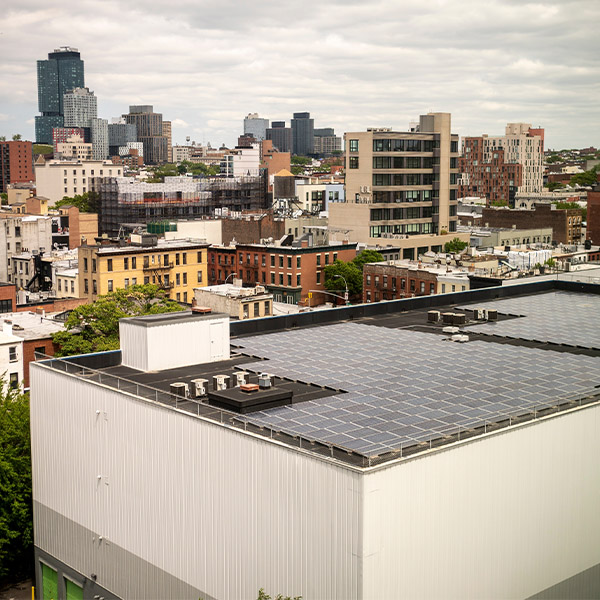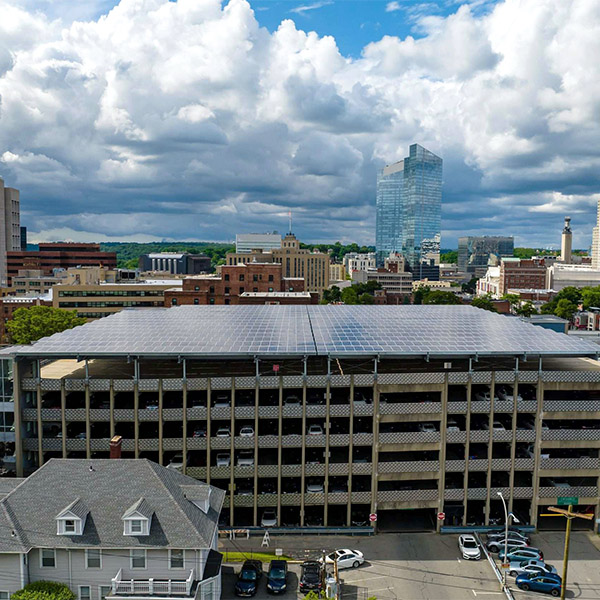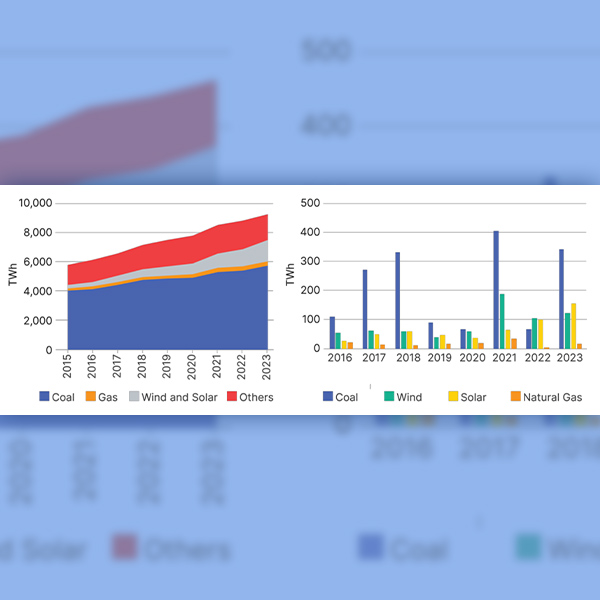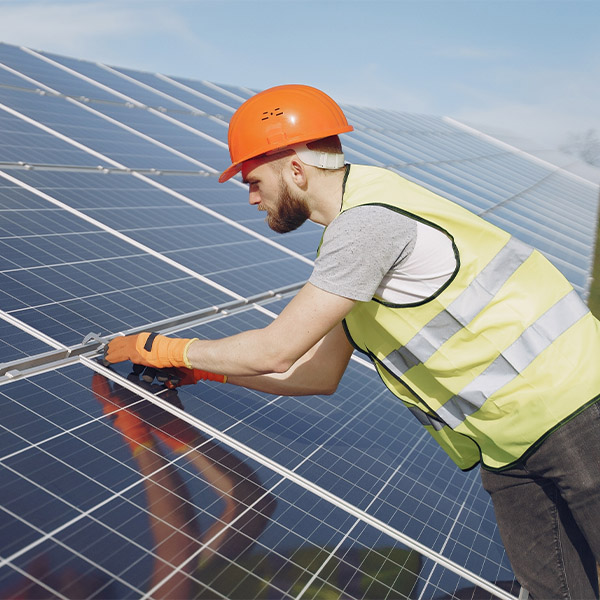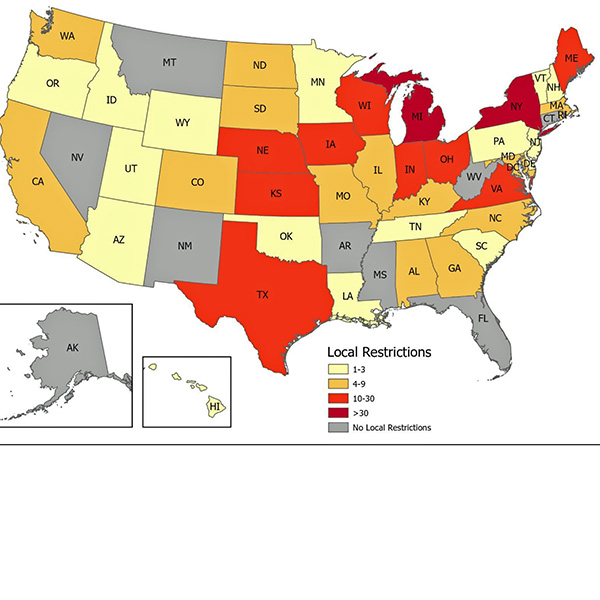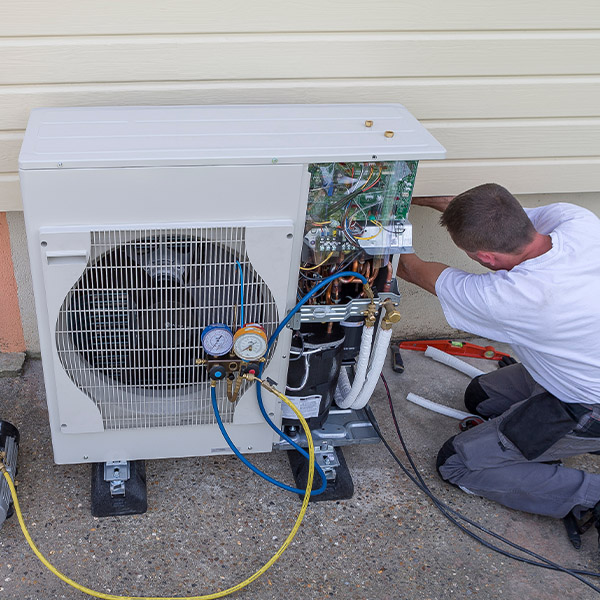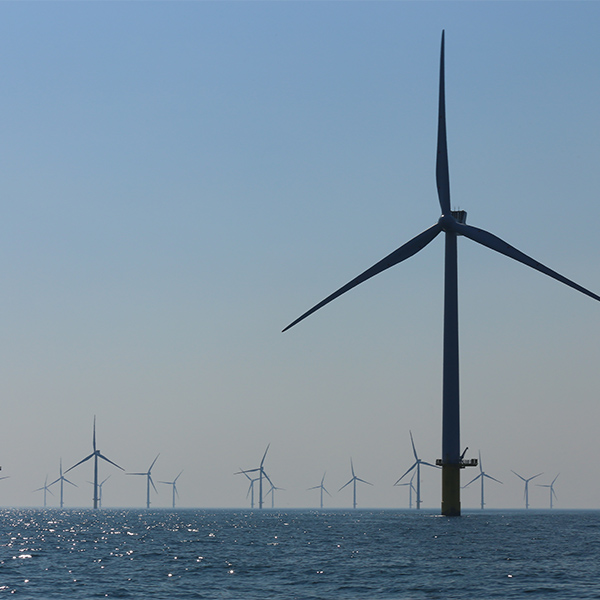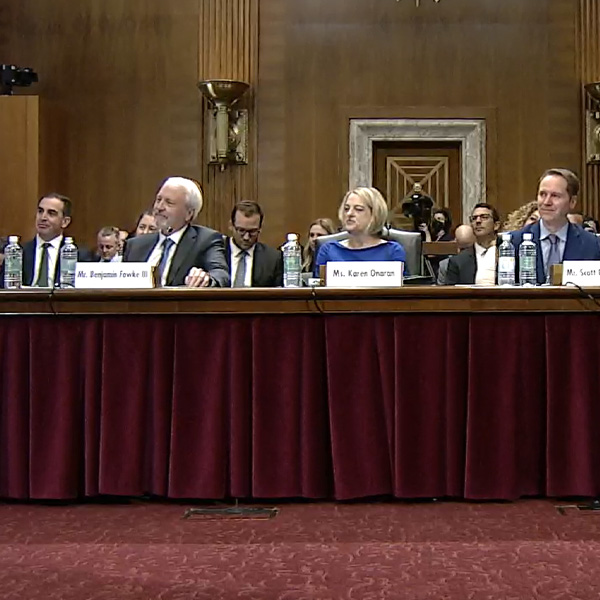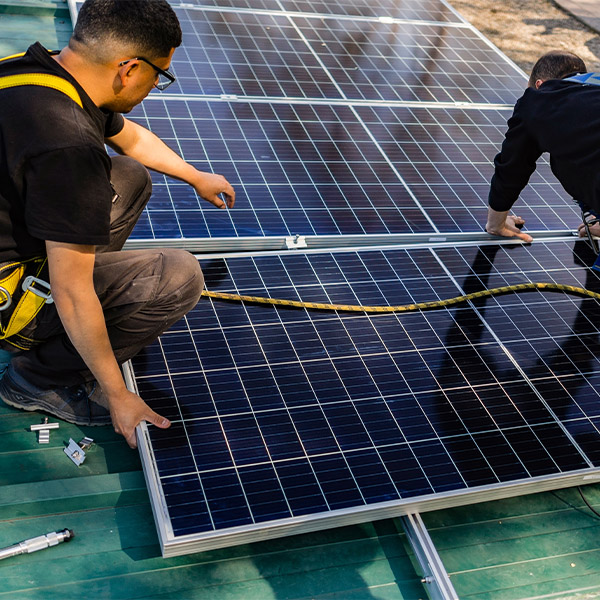Solar Power
The architects of New York’s clean energy transition are predicting the state will fall short of its 70%-by-2030 renewable energy target, perhaps far short, and are suggesting ways to catch up in the early 2030s.
Small-scale solar has been a success story in New York state, which is on track to reach its 2025 goal of 6 GW of distributed solar a year early.
The world’s largest coal consumer will not be replacing that domestic resource with imported natural gas, IEEFA said in its report.
New Jersey’s Senate Environment and Energy Committee passed a bill supporters said would allow grid-scale solar projects of up to 20 MW to bypass PJM’s interconnection queue and connect to the grid through their local utility.
New York has launched its eighth large-scale renewable energy solicitation, seeking proposals for land-based projects to help the state meet its emission-reduction goals.
Two new reports examine the profusion of local and state regulations affecting renewable energy development.
A bill that would require New Jersey utilities to offer building electrification incentive programs sparked more than two hours of heated debate.
Clean energy supporters argue the next New Jersey energy master plan should be an aggressive and broad embrace of electrification and generate enough money to help pay for clean energy projects and protect ratepayers.
Sen. Joe Manchin rebuffed Majority Leader Chuck Schumer's assertion that permitting reform was dead in the current Congress during an Energy and Natural Resources Committee hearing on load growth from data centers.
The administration’s focus on growing a healthy, competitive solar supply chain combines Biden’s drive to stimulate private investment in clean tech manufacturing and jobs and bipartisan concerns about Chinese trade practices.
Want more? Advanced Search
